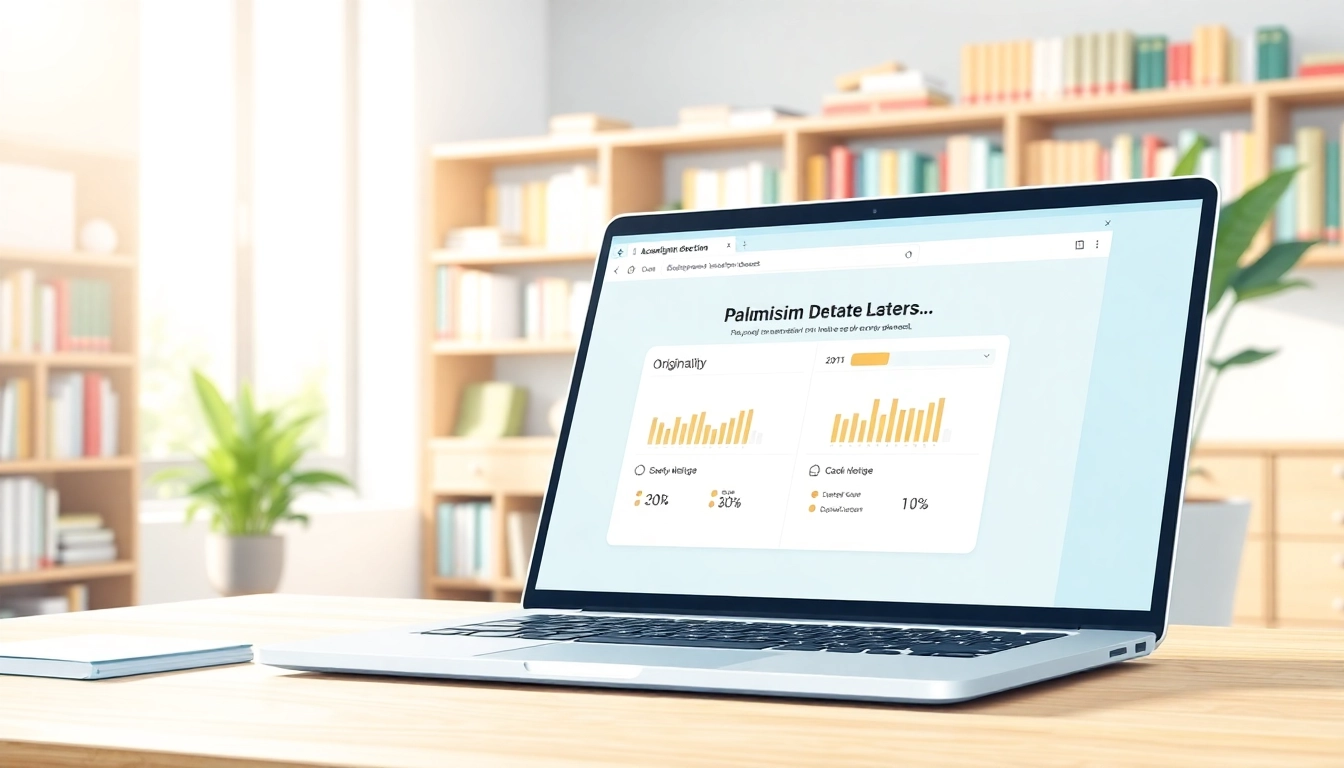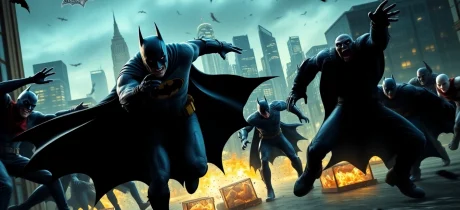

Where to Buy Apple Vision Pro: Your Guide to Securing This Groundbreaking Device
Understanding the Apple Vision Pro
What Is the Apple Vision Pro?
The Apple Vision Pro represents a groundbreaking leap in spatial computing technology. Revealed as a mixed-reality headset, it uniquely blends augmented reality (AR) and virtual reality (VR) features, crafting an immersive experience that integrates seamlessly with the physical environment. Unlike traditional VR equipment, which isolates users within a virtual world, the Vision Pro enhances reality by overlaying digital elements onto our physical surroundings. This innovative device is designed not just for gaming or passive entertainment but for a variety of applications including productivity, communication, and education.
Key Features and Innovations
The Apple Vision Pro is packed with an impressive array of features that set it apart from competitors. Here are some of the key innovations:
- High-resolution Displays: The device boasts ultra-high-definition screens that provide breathtaking visuals, making every experience more engaging.
- Spatial Audio: Integrated audio technology simulates sound placement, enhancing immersion and making it feel like sound is emanating from specific points in the environment.
- Advanced Sensors: Equipped with a suite of sensors, the Vision Pro can track hand movements and gestures with precision, allowing for intuitive interaction with digital content.
- Powerful Processing: Running on Apple’s latest chipsets, the Vision Pro delivers smooth performance for high-demand applications, whether for gaming or professional workflows.
- Seamless Integration: The device connects effortlessly with Apple’s ecosystem, allowing users to engage with other devices like iPhones and iPads for an integrated experience.
Pricing Overview: How Much to Buy Apple Vision Pro
The Apple Vision Pro is positioned as a premium product, reflecting its advanced technology and capabilities. As of its launch, the starting price is set at $3,499, making it a significant investment for potential users. Monthly financing options are available, allowing consumers to manage their costs at approximately $291.58 per month over 12 months. This pricing strategy aligns with Apple’s branding as a luxury tech provider, but also raises questions about accessibility and value for everyday consumers.
Where to Buy Apple Vision Pro
Official Apple Store Options
The most straightforward way to purchase the Apple Vision Pro is through the buy apple vision pro option available at Apple’s official website or in physical Apple Stores. Purchasing directly from Apple guarantees authenticity, offers comprehensive customer support, and allows access to the latest updates and potential in-store demonstrations.
Alternative Retailers and Marketplaces
While the Apple Store remains the primary retail option, some authorized resellers and electronic retailers may offer the Vision Pro. Sites like Best Buy and Amazon may eventually carry the product, providing additional options for consumers. However, it’s crucial to ensure that these retailers are authorized to sell Apple products to avoid counterfeit risks.
Buying Used: Risks and Rewards
Purchasing a used Apple Vision Pro can present significant savings, with prices sometimes dipping below $2,000 on platforms such as eBay or specialized tech resale websites. However, buyers must be cautious. Risks include lack of warranty, potential hardware issues, and the challenge of ensuring that the device hasn’t been tampered with. It’s advisable to buy from sellers with good reviews and return policies to mitigate these risks.
Benefits of Owning an Apple Vision Pro
Enhanced Visual Experiences
The Apple Vision Pro offers unparalleled visual experiences that transform how users interact with content. From watching movies to creating art, the immersive capability of spatial computing allows for a richer and more engaging experience. The high-resolution displays paired with immersive audio create an environment where users can experience entertainment in ways that were previously unachievable.
Productivity Gains in Daily Life
Beyond entertainment, the Vision Pro also excels in productivity applications. With its ability to display multiple screens in a virtual environment, users can enhance their workflow by multitasking effortlessly. Business meetings, presentations, and collaborative projects can be conducted in a mixed-reality space, providing a fresh approach to traditional work dynamics. Imagine a virtual office where colleagues collaborate as if they were physically together, despite being located around the globe.
Gaming and Entertainment Capabilities
For gamers, the Apple Vision Pro opens a new frontier of interactive gameplay. VR gaming can be deeply immersive, and the addition of AR elements allows for innovative gameplay experiences that bridge the gap between the real and the digital world. Upcoming games specifically designed for the Vision Pro promise to leverage its capabilities fully, offering players an experience that goes beyond conventional gaming.
Considerations Before Purchasing
Budgeting for Your Purchase
Purchasing an Apple Vision Pro is a significant financial commitment, and potential buyers should carefully consider their budget. Beyond the initial cost, consider accessories, app subscriptions, and any potential maintenance costs. Creating a detailed budget can help ensure the decision is financially sound.
Reviewing User Experiences
Understanding the user experience before making a purchase can provide valuable insights. Studies, reviews, and forum discussions can reveal practical advantages and disadvantages that may not be immediately apparent through marketing materials alone. Researching real-world usage stories will help prospective buyers feel prepared and informed about their investment.
Understanding Return Policies and Warranties
Pay attention to the return policies and warranties associated with the Apple Vision Pro. Apple typically offers a robust warranty on its products, but understanding the specifics of the warranty terms regarding damages, repairs, and service coverage can save buyers from potential pitfalls. Always check the return policy before making a purchase, especially if buying from third-party sellers.
Future of Spatial Computing with Apple Vision Pro
What to Expect in Software Updates
As with many Apple products, the Vision Pro is expected to receive regular software updates. These updates can enhance functionality, introduce new applications, and improve user experience. Staying current with these updates is key to ensuring the device continues to meet the needs and expectations of its users, especially as app development in the spatial computing space evolves.
Potential Market Trends and Implications
The introduction of the Apple Vision Pro marks a significant shift in both the tech and consumer markets, pushing other manufacturers to accelerate their development of similar technologies. As spatial computing becomes more commonplace, we may see broader integration into daily life, from healthcare to education, changing the way we interact with technology and our environment.
Community Engagement and Support
Apple has a strong community of users, developers, and support teams that enhance the ownership experience. Engaging with this community through forums, social media groups, and local meetups can provide invaluable insights and shared experiences that enhance user understanding and creativity. This aspect of community can foster innovation, as users share their unique ways of utilizing the Vision Pro in different contexts.

Accurate Plagiarism Detector: Ensuring Academic Integrity with Advanced Tools
Understanding Plagiarism: Definitions and Implications
What is Plagiarism?
Plagiarism, in its most basic definition, refers to the act of using someone else’s work, ideas, or expressions without giving appropriate credit, thereby presenting them as one’s own. This unethical practice can occur in various forms, including written content, artistic creations, and even ideas. While many associate plagiarism primarily with academic dishonesty, it extends beyond educational institutions and can significantly impact various professional fields like journalism, publishing, and even social media. Understanding what constitutes plagiarism is essential for maintaining integrity, originality, and respect for intellectual property.
Types of Plagiarism Explained
Plagiarism manifests in several ways, with each type holding distinct implications for individuals and institutions. The primary types include:
- Direct Plagiarism: This involves copying someone else’s work word for word without credit. This is the most straightforward and recognizable form of plagiarism.
- Self-Plagiarism: When an author reuses their previously published work without acknowledgment. This can occur in academic settings when students submit the same paper for multiple classes.
- Mosaic Plagiarism: This type happens when one integrates phrases, ideas, or passages from different sources without proper citation while blending them with their own writing, creating a patchwork of copied content.
- Accidental Plagiarism: Unintentional failure to cite sources correctly can fall under this category. Even without the intent to deceive, using someone else’s material without acknowledgment can have serious repercussions.
Each type of plagiarism carries different consequences, affecting not only the perpetrator’s academic or professional reputation but also the original creator’s rights.
Consequences of Plagiarism in Academia
The repercussions of plagiarism in an academic setting can be severe. Institutions often have strict policies regarding academic dishonesty, leading to consequences such as:
- Failing Grades: Students caught plagiarizing may receive failing grades on assignments or entire courses.
- Expulsion: Repeated offenses or severe cases can lead to expulsion from the educational institution.
- Damaged Reputation: Academically, a reputation for dishonesty can adversely affect career opportunities, future educational endeavors, and professional relationships.
Understanding the implications of plagiarism emphasizes the importance of utilizing a plagiarism detector to maintain academic honesty and integrity.
The Importance of Using a Plagiarism Detector
Ensuring Originality in Academic Work
One of the crucial benefits of leveraging plagiarism detectors is their ability to ensure the originality of academic work. These tools highlight potential overlaps with existing literature, allowing students and researchers to revise and rework their content before submission. Original work not only fulfills ethical standards but also contributes to a more vibrant academic community by promoting unique ideas and perspectives.
Protecting Intellectual Property Rights
In an age where content is easily accessible online, protecting intellectual property becomes paramount. Plagiarism detectors assist researchers, writers, and professionals in safeguarding their intellectual property by identifying unauthorized usage of their works. By proactively using these tools, individuals can assert ownership over their ideas and creations, ensuring that they receive credit for their hard work.
Enhancing Writing Skills through Feedback
Plagiarism detectors do more than search for instances of copied content; they provide invaluable feedback that fosters improvement in writing skills. Users often receive reports detailing not just potential plagiarism but also aspects of their writing style, citation practices, and overall coherence. By responding to this feedback, individuals can refine their writing capabilities, ultimately becoming more effective communicators.
How Plagiarism Detectors Work: The Technology Behind Accuracy
Algorithmic Approaches: Understanding Matching Techniques
At the heart of plagiarism detection technology is a range of sophisticated algorithms designed to identify similarities between texts. These algorithms employ various methods, such as:
- String Matching: Basic similarity detection that highlights exact matches of words or phrases.
- Fingerprinting: An advanced technique that analyzes textual characteristics to create a ‘fingerprint’ of the document for comparison.
- Semantic Analysis: This involves understanding the context and meaning of words, thus enabling the tool to detect paraphrased content effectively.
By combining these techniques, plagiarism detectors provide a comprehensive analysis of submitted content, revealing both direct plagiarism and more subtle forms of misappropriated work.
User Input: Uploading and Analyzing Content
The user interface of plagiarism detectors is designed to facilitate easy content submission. Users typically upload their documents in various formats, such as .docx, .pdf, or plain text. Once submitted, the system performs an analysis by comparing the content against its extensive databases that include academic journals, web pages, and previously submitted papers. Upon completion of the analysis, users receive a report indicating percentages of originality and instances of potential plagiarism, thus enabling them to make informed decisions about their work.
Output Reports: What to Expect
Upon completion of the analysis, plagiarism detectors generate detailed reports that include:
- Originality Percentage: This metric helps users understand how much of their work is original compared to the reference database.
- Highlighted Text: Instances of suspected plagiarism are highlighted within the document, showing direct matches to original sources.
- Source Citations: Many detectors provide links or citations for identified sources, guiding users on how to attribute ideas correctly.
These reports form the basis for revision and improvement, ensuring that users can elevate their work before submission.
Choosing the Right Plagiarism Detector: Key Features to Consider
Cost: Free vs. Paid Versions
When selecting a plagiarism detector, understanding the cost implications is vital. Many comprehensive detectors offer free versions with limitations on the number of pages or words checked, while premium models typically provide more in-depth analysis, faster result processing, and additional features such as real-time writing assistance. Deciding between free and paid options ultimately hinges on an individual or institution’s specific needs and writing frequency. Investments in quality tools may lead to significant advantages in the long run by enhancing authenticity and integrity in work.
User Experience: Intuitive Interfaces
An effective plagiarism detector should not only deliver accurate results but also offer a seamless user experience. This includes intuitive interfaces that allow easy navigation of interfaces, straightforward document uploads, and clear report outputs. Tools that focus on user experience often enhance the learning process, making it easier for users to engage with the technology.
Accuracy: Comparing Tools and Technologies
The accuracy of a plagiarism detector hinges on the comprehensiveness and recency of its database as well as the robustness of its algorithms. When evaluating different tools, users should consider factors such as:
- Database Size: A larger database increases the likelihood of detecting matches across various sources.
- Update Frequency: Regularly updated systems keep pace with new content being added online and reduce the chance of missed citations.
- Support for Multiple Formats: The ability to check various document types ensures versatility and convenience for users.
Each of these factors plays a crucial role in determining the effectiveness of a plagiarism detection tool.
Best Practices for Using a Plagiarism Detector Effectively
Regular Usage for Continuous Improvement
To maximize the benefits of plagiarism detectors, regular usage is essential. By integrating these tools into their writing processes, users can continually assess their work’s originality, thus developing their writing habits. Encouraging a culture of frequent checks promotes integrity and fosters a commitment to originality that extends beyond a single assignment or document.
Interpreting Results: Understanding False Positives
While plagiarism detectors are invaluable, users must approach their results critically. False positives, where the tool indicates plagiarism where none exists, can occur due to common phrases or widely shared concepts. Understanding the context of the highlighted content is important for making informed decisions about necessary revisions. Users should review each flagged instance carefully, distinguishing between genuine plagiarism and legitimate use of common language.
Integrating Feedback into Future Writing Projects
The feedback provided by plagiarism detectors should inform future writing practices. Instead of viewing the results as merely corrective measures, users should adopt a growth mindset that embraces feedback as an opportunity to develop as writers. This might include revising citation strategies, enhancing paraphrasing skills, or employing different writing techniques to improve originality.









